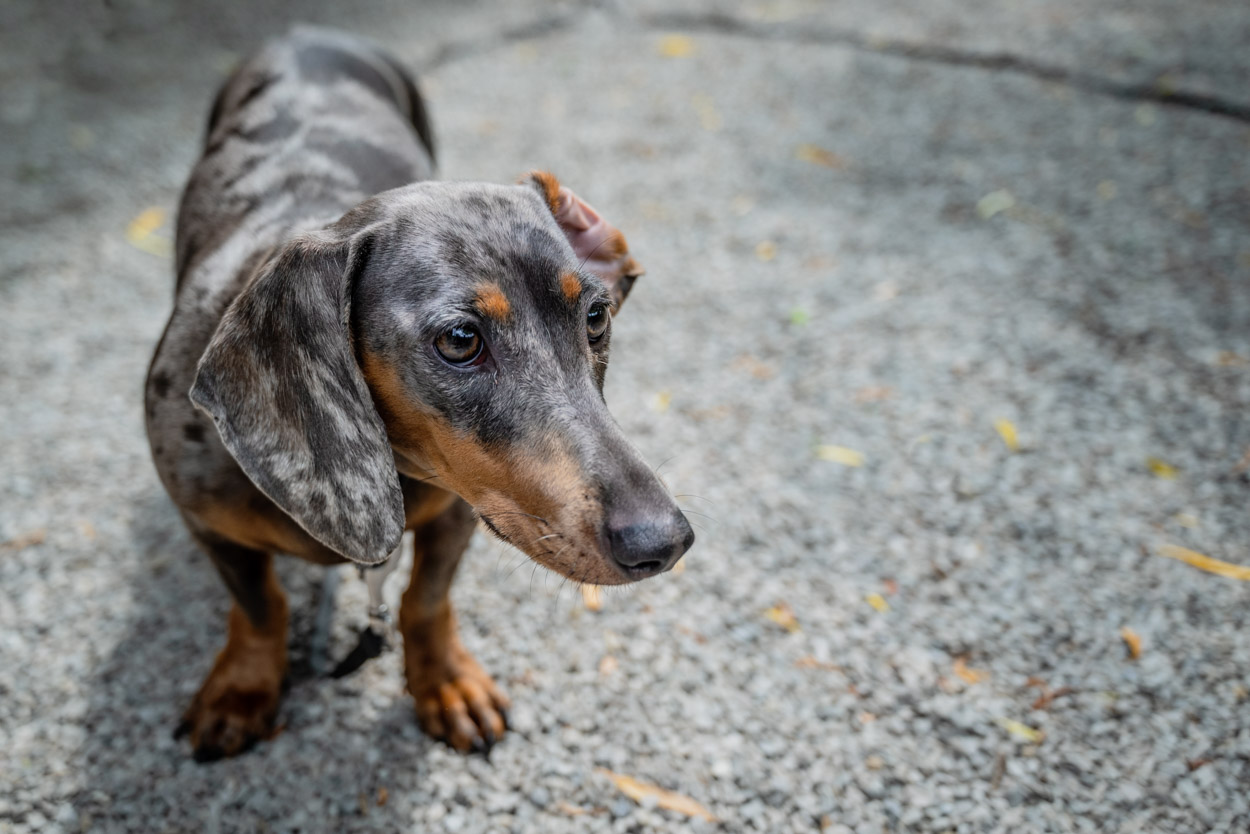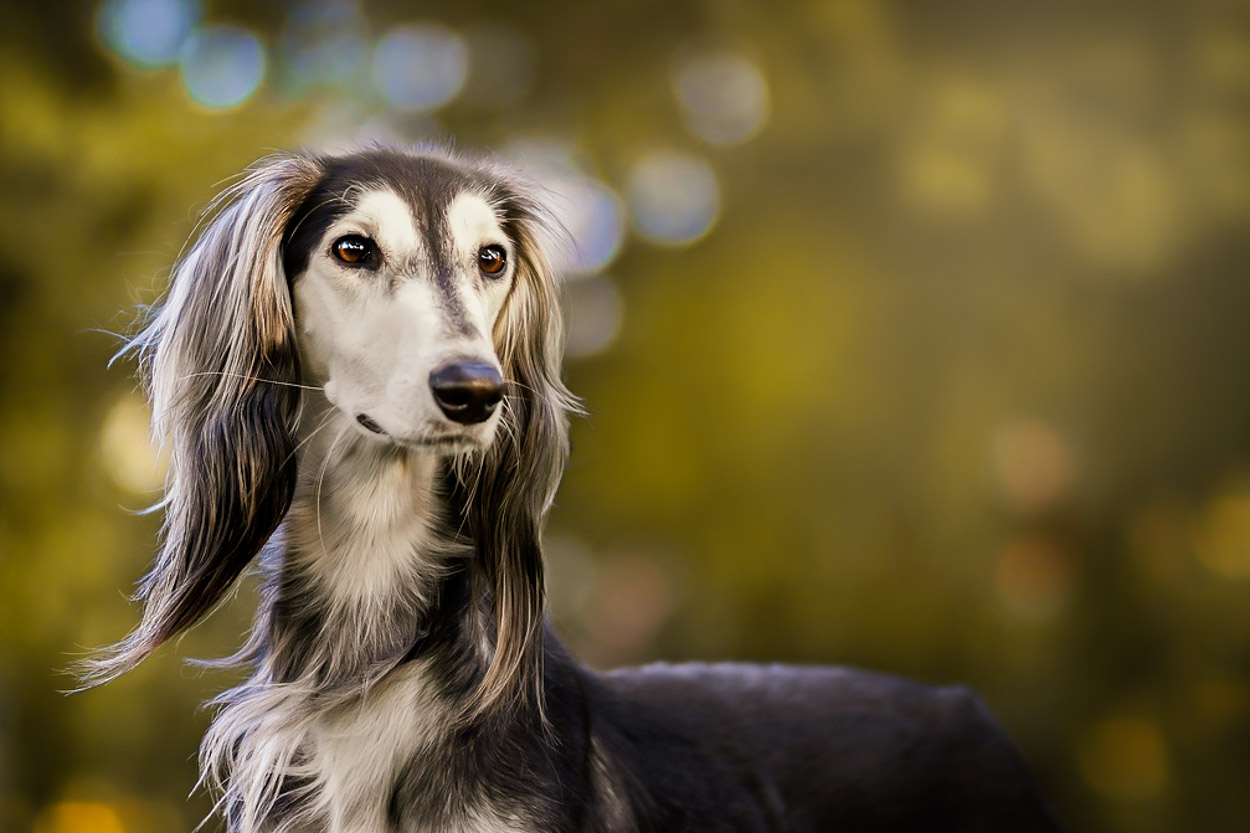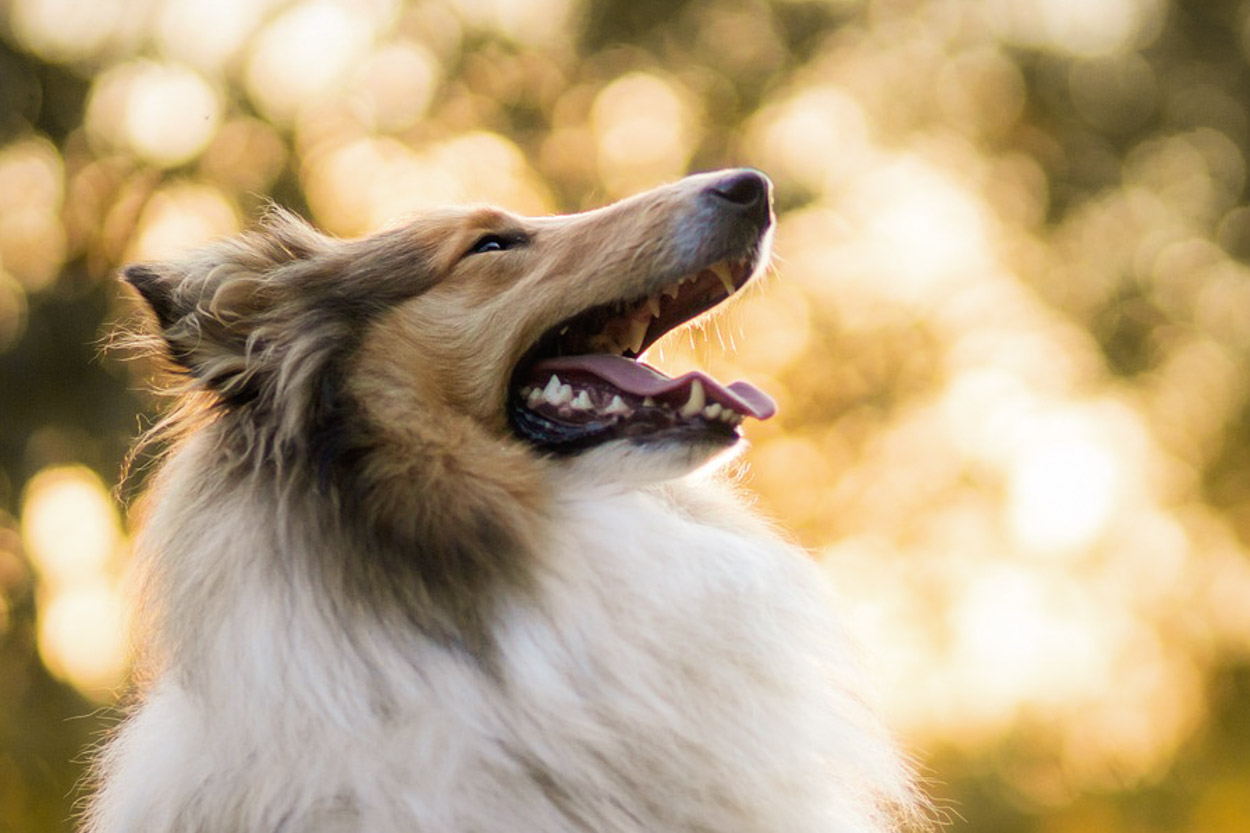A Colorful Mosaic of Photographic Adventures
In my world, there’s nothing more exhilarating than a new challenge 🔥. Recently, I’ve been invited to delve into a completely new direction: dog’s photos. Even though I’m an enthusiastic photographer, always ready to experiment with new subjects and approaches, this field is uncharted territory for me. I don’t own a dog, and until now, I haven’t had the chance to photograph these four-legged friends 😬.
My photographic world until now? Ah, mostly calm and manageable. My journey so far in the world of photography has been a colorful mosaic of different themes and motives. If I wanted to photograph something that moved, it was usually slow. Or at least obedient 😅. My photographs haven’t usually captured animals, so far. Up until now, it’s been more like a symphony where I could conduct every tone and every move 🕊️.
Have I ever grappled with fast and unpredictable scenes? Absolutely! Fire is just as vibrant and unpredictable. Fire photography demands quick reflexes, adaptability, and intuition – all of which I will also need for photographing dogs. This element of unpredictability and dynamism gives me a sense of challenge and urges me to explore new possibilities in photography 💥.

Exploring the World of Dog’s Photos
But dogs? Oh, that was a whole new song 🙈. Dogs are full of energy. They are constantly on the move; they can fall asleep without warning or start chasing their own tail. They are unpredictable, energetic, and always in motion. Dogs don’t wait for the ideal light or the perfect angle. Their world is dynamic and continuously changing, which presents a unique challenge. Every minute and every moment with a dog is unique, which makes finding the right moment to take a photo much more complicated. It’s similar to photographing fire.
Thinking about the dog’s photos initially filled me with a mix of fear and excitement. On the one hand, there was the fear of the unknown, which still tries to deter me from new experiences. On the other hand, there was excitement because I knew I would have the opportunity to step into a new world full of playfulness and unpredictable moments that I could capture with my lens.
I was already picturing all the funny and unexpected situations that these furry models would bring into my life. And I was ready to accept the challenge, regardless of what would happen. After all, even the best photographers don’t always know how to photograph everything, right 😁?

Stepping into Uncharted Territory
Before I hit the field, I read several articles and tips on dog photography. I learned that it’s important to be grounded, patient, and ready for quick adaptation. Dogs are not exactly known for their posing abilities, so I had to be prepared for rapid changes and constant adjustment.
I took my Nikon Z5 📸. This camera is known for its excellent performance in various lighting conditions, which is important as I was shooting outdoors where the light is unpredictable. I chose two lenses: a 24-70mm f4 for wider shots and greater flexibility, and a 50mm f1.8 for portraits, which allowed me to get closer and capture the details.
Even though I was armed with knowledge and technology, I was still a bit nervous. Dog photography was a new field for me, and I knew I would encounter challenges. But that’s part of the charm—with photography, you never know what’s ahead, and this unpredictability makes every photo unique.

Quick Tips for Dog’s photos
Establish a connection with the owner and the dog
Before you start shooting, spend some time with the owner and the dog. This will help you understand the dynamics between them and how to best collaborate with them.
Allow the dog to get used to you and your equipment.
Some dogs can be scared of unfamiliar equipment, such as cameras and lights. Give them time to adjust to it before you start taking photos.
Use the owner’s help
The owner can help guide the dog, attract its attention, and calm it down if necessary. They can also assist you with specific commands that the dog is familiar with and will follow.
Use treats and toys
With the owner’s help, use treats or toys to get the dog’s attention. This can be a good strategy for creating interesting and expressive shots.
Be patient and considerate
Every dog is different, and you may need to adjust your approach to get the desired shots. Stick to your vision, but be considerate of the dog and the owner.
Remember, it’s important for the dog to feel comfortable during the shoot. The safety and comfort of the dog always come first. Follow these tips, and you will ensure a productive and enjoyable experience for all involved.

What if the dog shows aggressive behavior or is fearful?
If the dog shows aggressive behavior or is scared of you, it’s important to approach the situation very carefully. Here are some tips on how to handle it:
Let the dog get to know you
If the dog is fearful or suspicious, give it time to get used to you. Don’t rush the photoshoot until the dog feels more comfortable in your presence. Do not impose yourself on the dog if it shows signs of discomfort.
Use the owner’s help
The dog’s owner knows best how it behaves and reacts. The owner can help the dog understand that you are not a threat. They can also assist you in guiding the dog or calming it down, if necessary.
Avoid direct eye contact
Direct eye contact can be interpreted as a threat by dogs. If the dog is hostile toward you or feels uncomfortable, avoid making direct eye contact.
Be calm and confident
Your posture and energy can greatly influence the dog. Try to remain calm and confident, but avoid aggressive or dominant behavior that could scare or anger the dog.
Adapt to the situation
Every dog is unique, so it’s important to adjust to each situation. Some dogs are more gentle, others more energetic. Some are fearful, others more trusting. Change your approach depending on the individual dog.
If the dog continues to show aggressive behavior or is too frightened, it may be best to postpone the photoshoot to another time or consult with a dog behavior expert. It’s always better to avoid situations that could be dangerous for you or the dog.

What camera settings for photographing a dog?
Use a fast shutter speed
A fast shutter speed is key when photographing dogs, as they are often very energetic and move quickly. A shutter speed of 1/500s or faster will help you capture the action without blur.
Wide aperture
Use an aperture with a wide opening (low f-stop number) to create a shallow depth of field. This will highlight the dog and blur the background, creating a professional look.
Low ISO in good light
If the light is good enough, keep the ISO as low as possible to reduce noise. If you’re shooting indoors or in low light, you may need to raise the ISO.
Use auto-focus
The “continuous auto-focus” mode (or AF-C/AI Servo, depending on your camera) is great for photographing dogs. This focus mode will track the dog as it moves, helping to keep shots sharp.
Try burst mode
If your camera supports it, use burst mode. This mode allows the camera to take multiple shots in quick succession, which will help you catch the perfect moment.
Exposure compensation
If you’re photographing dogs with light-colored fur, you may need to use exposure compensation. Cameras typically try to adjust the brightness of the image so that it’s on average gray, which can mean that bright white fur comes out too dark. By increasing the exposure compensation, you can ensure that bright white fur is properly exposed.
Post-production
Once the shooting is over, post-production is key to achieving the best possible final image. Use a photo editor like Adobe Lightroom or Photoshop to adjust the lighting, contrast, sharpness, and colors. A spot removal tool can be used to eliminate distracting elements in the background or on the dog’s fur. If necessary, you can also use a cropping tool to improve the image’s composition. But it’s important not to overdo the editing; the goal is to enhance the image, not completely transform it.

The Symphony of Exploration
My experience of making dog photos has been truly unique In this dynamic, ever-changing world, dogs have brought fresh energy and spontaneity to my work. With their unpredictability and constant change, they have allowed me to test my quick thinking and adaptation skills.
Every dog photo shoot has been an adventure for me. There are days when everything goes smoothly, and then there are those when things don’t turn out as I expected. Each such experience, however, was a valuable learning opportunity for me.
Photographing dogs is actually like photographing fire, one of my favorite scenes. Fire is vibrant, unpredictable, constantly changing, and brings a new level of dynamics to the photograph, much like dogs. It’s this unpredictability that gave me a sense of challenge, spurring me to delve into the world of photography in a different way.
I realized that the beauty actually lies in this unpredictability—unexpected moments, unpredictable reactions, and irreplaceable images.
In conclusion, I would like to invite you to share your experience or tips on dog photos. I believe that we can learn something from every story, and every tip can help us improve our technique and view of the world through the lens. Whether you’re a professional photographer or just an enthusiast who loves photographing your four-legged friend, I would be delighted to hear your stories and tips. I am more than happy to share my own experiences and advice that I’ve gained on this short photography journey. Thank you, and I look forward to your stories and experiences!

Let’s stay pawsitive and share our love for dogs’ photos 😉. let’s connect on Facebook.